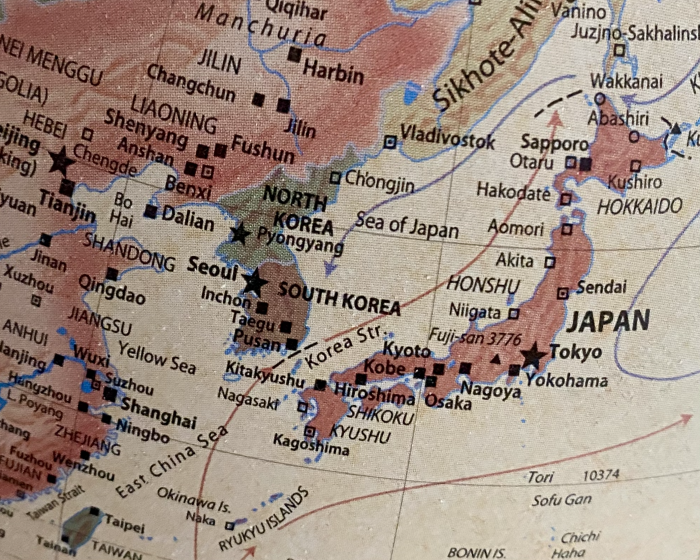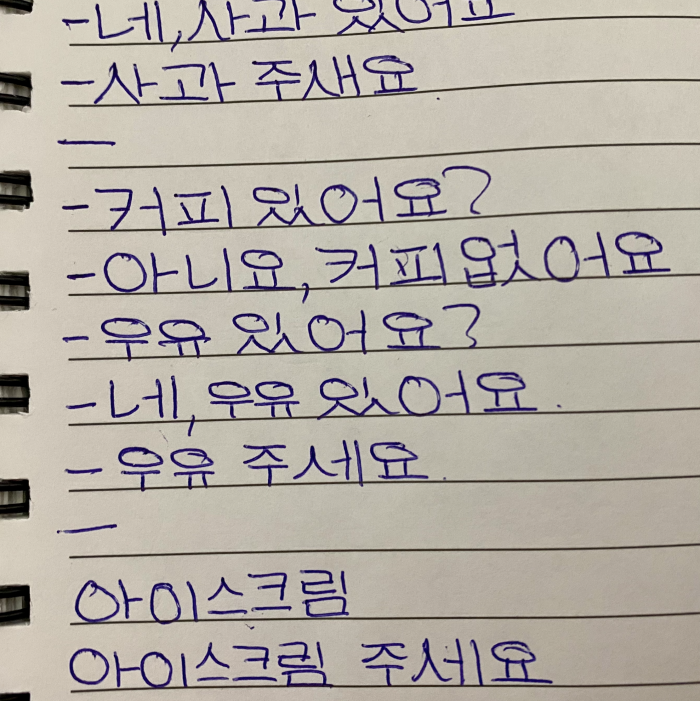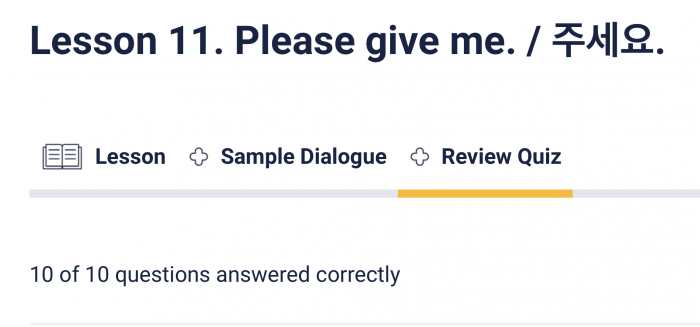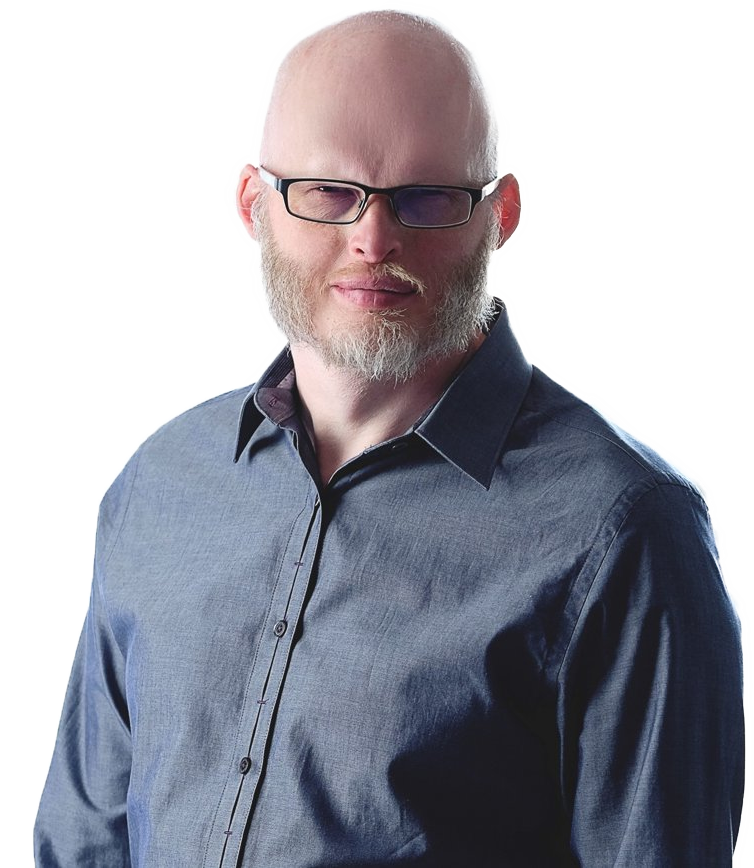Starting to speak and write in Korean
January 12, 2021 1 Comment
A few weeks ago I set myself some very concrete goals to complete for my Korean studies. I would complete the Michel Thomas Korean Foundation course and learn to read and write with the Teach Yourself Korean Script Hacking book.
So how did I get on?
I won’t keep you in suspense. I did meet those goals in time to write this blog post!
But I had to revise my end date by a few days because of the holidays. I was a tad unrealistic about getting everything done during the busy festive period. As much as I love languages, I value moments in life with family and friends more. They are not things we can get back once they are gone, so I cherish them. I am a great believer in living and enjoying the moments as they come up, even if it does come at the cost of my study plans sometimes.
Life happens, but…
I admitted that I prefer to live these life moments with the people around me whilst I have them. That said, there is a fine line between that and when it comes to just using that as an excuse not to study at all. I have some techniques for not getting too carried away with other things. After all we are in the business of learning too, right?
Three practical things I do to stop procrastinating!
- Think about my goals and consider how I would feel about not meeting them. This involves considering whether or not the activity is worth re-evaluating my goals again. If you never meet goals, then you are potentially in a vicious circle with this behaviour pattern. If that’s you, then you need to be a bit stricter with yourself.
- Count to ten in my head and walk away. If the thing drawing my attention away is that important, then I can return to it after I do the first part of my task. That way at least part of the goal is achieved to avoid the feelings of guilt later.
- Resist the temptation to check social media by leaving my phone somewhere out of reach. Also close the social media tabs on my computer to avoid the temptation of checking in between tasks. Some people put locks on their devices to limit the time they can physically use them. If that’s you, try it!
How well do I write Korean now?

Well, as you can see I would be lying if I were to say that I now read and write perfect Korean. In my experience of any new script this will simply take time to really bed in. However I found the Korean Script Hacking book full of great examples to read to get in the practice I needed to really make progress. I definitely benefit from that now because the descriptions and hints stuck with me.
I really enjoyed all of the explanations of the letters and the way Judith had put the book together generally. I was able to go through the book pretty quickly and pick things up fast. Now I know I have retained the information well too because I see it working in real contexts when I come across Korean online. So over all I would recommend using the book for learning the script.
The weak point for me personally after the course was not paying attention to stroke order, but there are other materials to add into the learning process to get that in too. This series of videos I showed you in my previous update helps with stroke order for example:
Right now my Korean handwriting is that of a beginner in the language and that’s fine. The thing I have noticed about the writing system is that, yes, it makes sense. But the coolest thing for me is that I find I can visualise words more easily than Chinese and Japanese when I studied them.
Dispelling some myths
Learning the Korean alphabet is pretty straight forward. But it is not as immediately obvious as people would have you believe. First of all there are a number of letters that represent the same, or at least very similar sounds. Also some letters change pronunciation depending on their position in the word or if there is another sound after them. It’s not a big problem. It is just not something people really mentioned to me before I started, so I thought it was worth noting.
Speaking Korean
The Michel Thomas Method was not new to me. I had done the Japanese course before taking on Korean. I found that worked well and that’s why I decided to go for it again this time.
First of all it was quite funny for me to sit through the course knowing Olly Richards, who was one of the students on the course. He has a great voice for these kinds of recordings though and in a way it helped me to relate more closely to the lessons. He also injected some great questions into the course.
The Michel Thomas Method teaches you words you need to do practical things. These words are chosen to be easy for you to retain too. They are often borrowings or common words in English and the target language. When the words are unrelated to English the teachers break down the word into smaller parts. They also make a story around them for you to better remember the words and their meanings. The vocabulary is clearly meant to be enough to hang on the sentence patterns they teach. These patterns are used to elicit the grammar from you in a natural way. To this end the course really does its job. I can confirm that I was able to say quite a bit after it. I was also able to manipulate sentence structures to express concepts that are months away from me learning still. It definitely gives you the confidence to say things really quickly.
What CEFR level are you after Michel Thomas?
I know some of you will be wondering just how well you speak after the course. In all honesty I don’t find the CEFR scale to be an appropriate measure of the language ability attained after the course. The reason is that in 10 hours of listening you cannot possibly cover the vocabulary needed for even an A1 exam. My Turkish A1 course took 3 months of 16 contact hours per week, plus homework. In total over 72 hours. In terms of structures though the Michel Thomas Method taught some things that I would expect to see at A2/B1. They were really useful things that helped keep communication going and boost confidence.
Olly made a documentary about putting the course together and I found it particularly interesting to see as it really gives a nice overview of the course too.
The proof is in the teacher’s reaction
I had my first italki lesson and used some of the sentences in Korean that I had learnt from the Michel Thomas Method Korean course. My teacher said he didn’t expect me to be able to say so much as a beginner. This was definitely nothing to do with my ability, but all to do with the patterns I had learnt. And I know that anyone can do this too!
Talk To Me In Korean
I have been doing a lesson a day of Talk To Me In Korean. I find the podcast format and written transcripts really informative and useful to learn the language in manageable bitesize chunks.
One of the worst mistakes to make with language learning is racing ahead in the beginning and trying to commit too much to memory too quickly.
Unless you have a very intense and specific set up where you are constantly in contact with the language, I strongly advise against this type of hurried learning. You can end up forgetting it all as fast as you learn it. If you do more measured learning, then you have more chance of having things stick.
If you are keen to add to your learning and do more, then get as much input as possible. I have been doing some additional input along my journey with LingQ basic Korean stories and looking actively (and at times engaging too) with Korean posts on Instagram. I come across words I am seeing on the TTMIK course and it helps to make them stick.
It’s a good idea to get used to a Korean keyboard, so writing things on your phone and/or your computer is a good way to do that.
Someone reached out to me on Twitter to say that the TTMIK vocabulary for all 10 levels is on Memrise as a deck you can work through. I have had mixed experiences with learning from flashcards personally. It can feel a bit disjointed and lacking valuable context at times. For Korean I am finding it very useful to train my word recognition skills and my ability to spell Korean words, so I would recommend this method for Korean!
Learning from mistakes

I was using TTMIK for 6 days before I realised there was a conversation to listen to and a quiz to complete. I felt a bit silly not seeing them immediately, but I got into them from day 6 and found doing the activities really useful to help make sense of the new information and commit it to memory.
I also had a day where I didn’t get around to doing my day on TTMIK. Fortunately I did have my italki lesson on the same day, so I didn’t skip any study from my programme. I was also lucky that I could go through two lessons on the following day quite easily because they contained no new words for me and the grammar was something I covered in the Michel Thomas Korean course already!
Generally speaking, if you do miss a day, a week or longer, then I advise going back through what you did before the break. Then start back and carry on from there as though there was no gap. Remember this is not a race and the information we learn and retain is more important than anything else. We need the vocab and structures in our head to be able to use and understand the language. Racing through or skipping things will not help in that process. Remember your goals and simply adjust the timeframes for them.
For the rest of the month I will have at least one lesson a week on italki. I am going to join the italki language learning challenge too! And of course I will continue to write daily(ish) on my Facebook language learning group! You are welcome to join me there too!
If you sign up for italki and buy a coupon for language lessons through them, you can use the Promo Code below at checkout to get $5 OFF your order! So a $10 coupon costs you just $5! Use Promo Code: RICHARD
Categorised in: Korean
This post was written by Richard

1 Comment